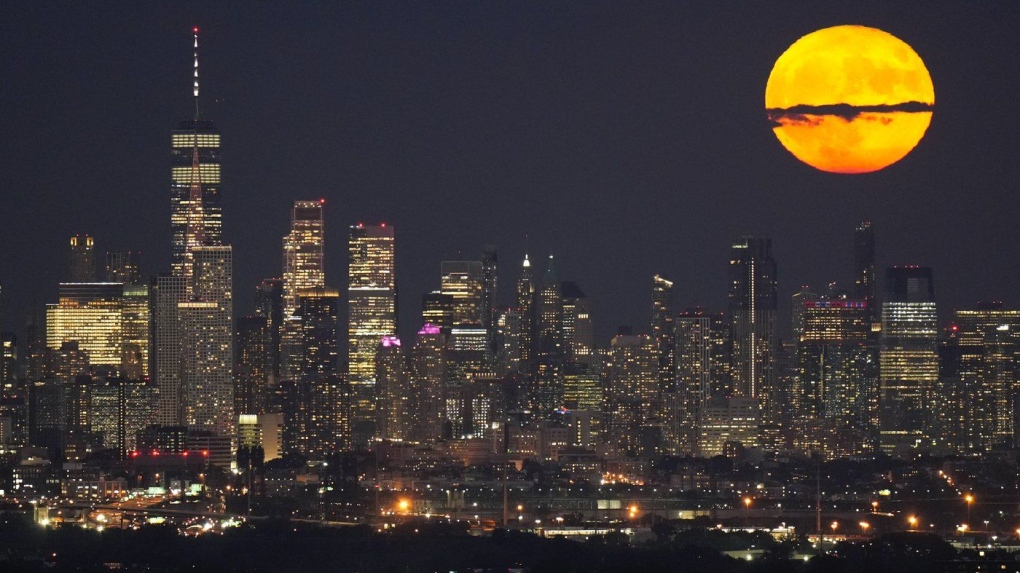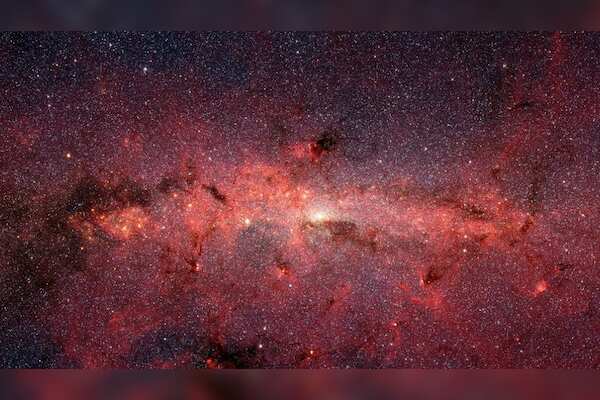In a dazzling exhibition of cosmic beauty, the Hubble Space Telescope has captured the mysterious glow of a distant spiral galaxy known as MCG-01-24-014, emitting what scientists refer to as "forbidden" light, located an astonishing 275 million light-years away from our planet. The breathtaking image taken by the Hubble's Advanced Camera for Surveys (ACS) reveals the brilliance of MCG-01-24-014 at its core, flanked by two prominent stars—one blue and one red—captured in the foreground against the vast backdrop of the cosmos. Several other distant galaxies can be seen scattered in the background, creating a celestial masterpiece that showcases the wonders of our universe.
Unveiled by the European Space Agency on December 18, this captivating Hubble photograph invites viewers to marvel at the enigmatic light that defies conventional earthly expectations and illuminates the expansive cosmic stage. This celestial spectacle unveils two well-defined spiral arms and a luminous core that is identified as an active galactic nucleus (AGN), offering a stunning face-on view with arms that form an almost perfect picture of cosmic beauty. Belonging to the category of Type-2 Seyfert galaxies, MCG-01-24-014 shares the cosmic stage with quasars as one of the two major groups of active galaxies known to astronomers. But why is the emitted light from this galaxy considered "forbidden"? The European Space Agency explains that spectral lines exist because certain atoms and molecules absorb and emit light at specific wavelengths due to precise energy changes in revolving electrons. However, some spectral emission lines are labeled as "forbidden" because they are observed in space but do not occur under typical conditions on Earth. The ESA goes on to clarify, "Quantum physics is complex, and some of the rules used to predict it rely on assumptions that are suited for laboratory conditions here on Earth. According to these rules, this emission is 'forbidden'—so rare that it is ignored. However, in the energetic environment of a galactic core in space, these assumptions no longer hold true, allowing the 'forbidden' light to shine out towards us." In conclusion, the Hubble Space Telescope's mesmerizing capture of MCG-01-24-014 and its forbidden light serves as a reminder of the boundless beauty and complexity of the universe we inhabit. As we continue to unravel the mysteries of distant galaxies and cosmic phenomena, each new discovery offers a glimpse into the wonders that lie beyond our earthly realm.Forbidden Light: The Cosmic Beauty of MCG-01-24-014 Captured by Hubble Space Telescope
 9 months ago
21882
9 months ago
21882
Related
Witnessing the Lunar Show: A guide to watching August's supe...
1 month ago
2232
Insights from James Webb Space Telescope Resolve Debate on U...
1 month ago
1755
Commercialization of Women's Health: The Impact of Feminist ...
7 months ago
19811
Trending in United States of America
Popular
Nokia Reaches 5G Patent Agreement with Vivo After Lengthy Le...
7 months ago
26048
Apple's Upcoming Tablet Lineup: iPad Air to Introduce Two Si...
9 months ago
25976
Xiaomi's First Electric Car, the SU7 Sedan, Enters the EV Ma...
8 months ago
25364
The European Parliament's Bold Move to Combat Smartphone Add...
9 months ago
25312
Unveiling ChatGPT's New 'Memory' Feature Revolutionizing Use...
7 months ago
25212
© OriginSources 2024. All rights are reserved








 English (US)
English (US)